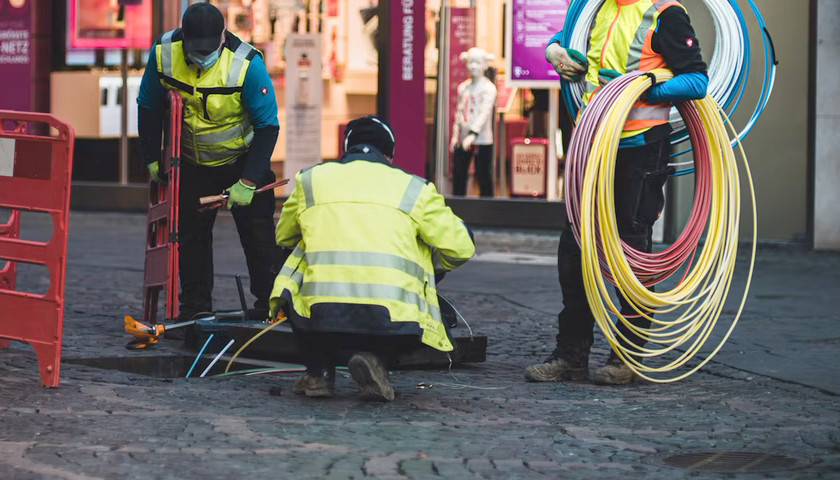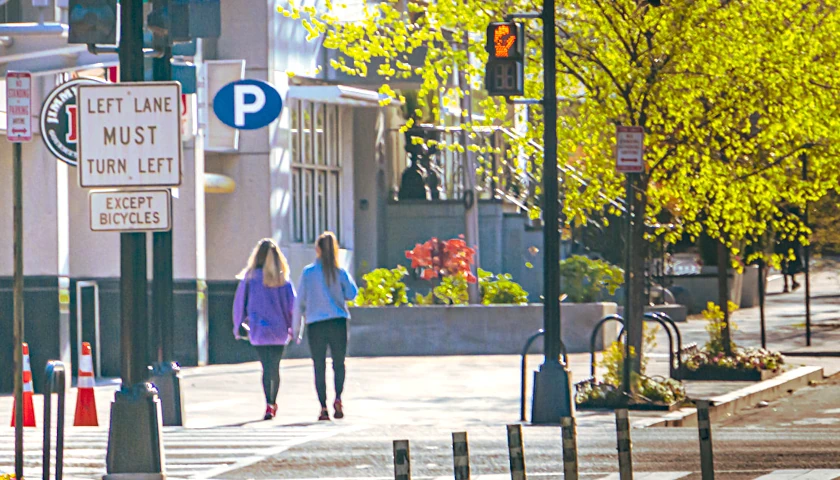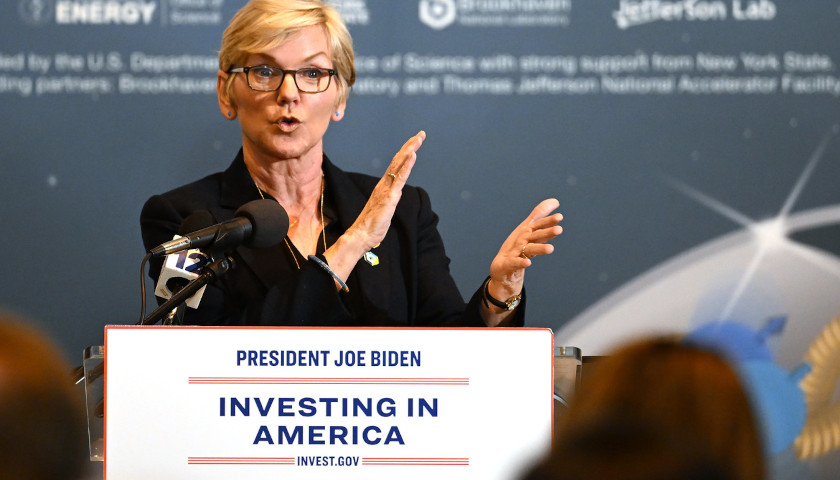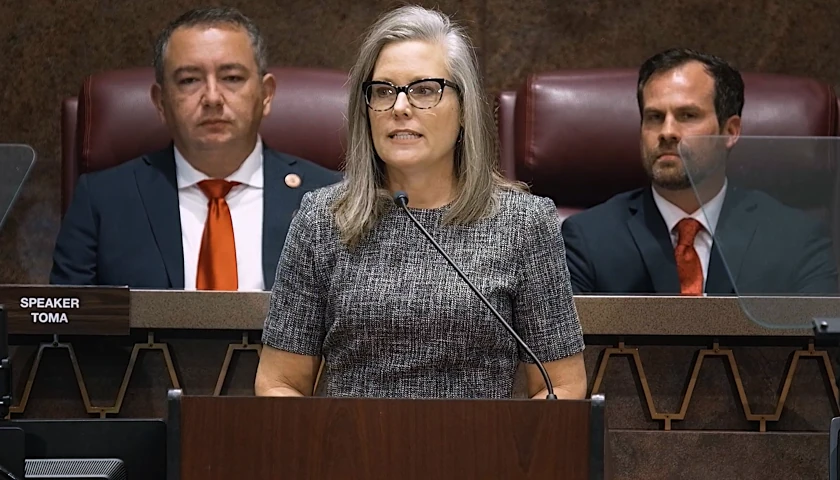by Mary Stroka
It will cost Minnesota taxpayers $25 million in fiscal year 2023 to expand high-speed broadband access across the state if the governor signs a bill both legislative houses passed this week.
HF 4366, an omnibus agriculture and housing bill, includes increasing availability of grant funding for broadband from 50% to 75% of the total cost of a project, or up to $10 million, rather than a $5 million limit. Under the bill, the Office of Broadband Development must report to broadband policy and finance committees’ leaders by the end of 2022 how the bill changes the number and amounts of grants awarded.
The bill passed the House 70-62 and the Senate 41-26.
A House DFL news release said 83% of households in rural Minnesota as of January 2021 have access to broadband, meeting Minnesota’s 2022 speed goal of 25mbps download/3mbs upload, up from 68% in 2015. Currently, 72.5% of rural households have access to the state’s 2026 speed goal of 100mbs download/20mbs upload. The Office of Broadband Development said about $1.3 billion is needed to connect remaining homes to service with these speeds. The release said many townships with low populations have had difficulties qualifying for grants because they can’t provide enough funding under the current required match formula, the release said.
“High-speed broadband isn’t just a luxury anymore. It’s absolutely critical for students to do schoolwork, for businesses to sell products and participate in global commerce, and for families to communicate with one another,” Rep. Rob Ecklund, DFL-International Falls, said in a statement. “In addition to new investments, DFLers are making improvements to our grant program to expand access to more unserved communities, bringing us closer to our speed and access goals so everyone can have the internet access they deserve.”
Minnesota has invested $104 million through the Border-to-Border Broadband Grant Program since 2014, the DFL release said. The state is awaiting approval from the U.S. Department of the Treasury to offer $70 million in grants under the American Rescue Plan and expects more federal funding for broadband grants, including at least $100 million under President Joe Biden’s Infrastructure Plan, it said.
The Heartland Institute Vice President and Director of Communications Jim Lakely told The Center Square in an emailed statement that taxpayers shouldn’t be subsidizing broadband – calling it “corporate welfare.”
“The government funding of broadband is always a losing game,” he said. “The government on the front end discourages private investment and competition, and ends up constantly chasing (but never catching) upgrades in speed and reliability on the back end. And it’s all so politicians can tell gullible constituents that without them, they’d be in the digital wilderness. It’s not true.”
While Ecklund laments about levels of service, 25 mbps download/3mbps upload speeds allow livestreaming a YouTube show and internet users can do almost anything when they have 100 mbps download, Lakely said.
“But not to worry, taxpayers, it will take only another $1.3 billion to get to 100% high speeds for everyone,” Lakely said. “At which point, of course, those speeds will be ‘old tech’ that is ‘too slow’ and it’s time to hit up the taxpayers again. Instead, the government needs to get out of the way, let the market make the most-efficient decisions (which is increasingly wireless 5G) and stop wasting hundreds of millions of our tax dollars playing tech titan.”
– – –
Mary Stroka is a contributor to The Center Square.








